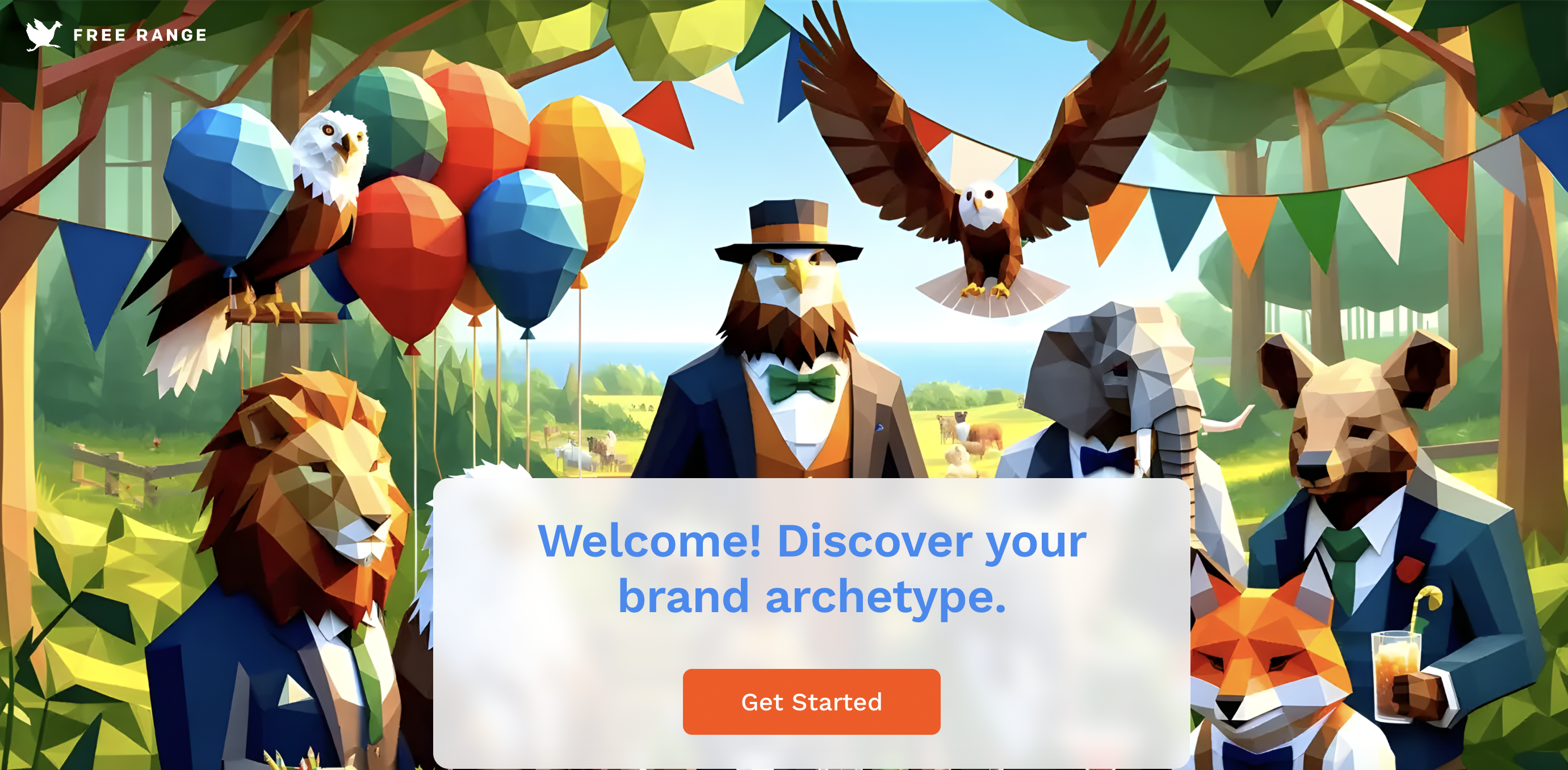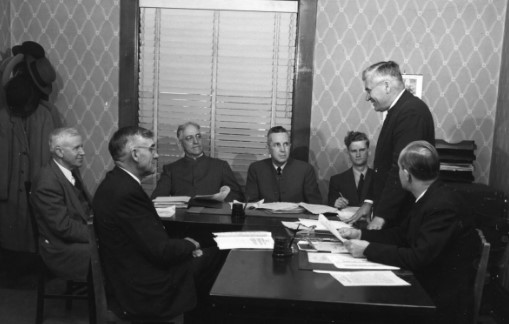At Free Range, we’ve seen a recent uptick in organizations looking to update their brand strategy and brand architecture. Many things can precipitate this sort of change: a new strategic direction, a lack of clarity or focus, or a desire to reach new audiences. Regardless of the reason, it’s essential for your brand to reinforce your organization’s strategy instead of working against it.
Your organization is constantly evolving and therefore requires a brand strategy that can grow in parallel. Without a clear framework and process for brand management, it’s common for brands to tend towards chaos. One-off projects don’t always fit into the overall structure. New products or initiatives pull the brand in a different direction. Growing influence makes the current brand feel too simplistic. The result is a fractured strategy that doesn’t provide internal alignment and causes confusion with external stakeholders.
Revising your brand strategy is a significant undertaking. It’s critical that organizations have their eyes wide open when beginning the process. Having partnered with a number of clients looking to bring greater clarity, focus and resonance to their brands, we’ve learned a few things that can set you up for success.
1. Your brand strategy can inform your organizational strategy...and it should.
It’s obvious that strategy and innovation will likely affect your brand. The opposite is also true.
I’m not suggesting the tail should wag the dog—that building a brand first and your strategy second is the right sequence of events. However, in the process of talking to your audience, you will learn important information about how they perceive your work.
For example, distinct programs might be seen by outsiders as inextricably linked. How might that affect the way you think about how those programs are implemented or managed? It’s important to let your users’ perspective help you refine how you implement your work. Success requires that we build a brand that makes our strategic intent obvious to our audience. Simultaneously, we need to back up our brand with work that pays off on our brand promise.
2. Be willing to let go of the things you’ve always done.
Organizations over time can become attached to certain ways of talking about their work. Whether it’s legacy names for important initiatives or how you bucket related products and programs, you may need to challenge your paradigms and customs as your organization grows and evolves.
We recently had the privilege of working with the Kapor Center here in Oakland. One of their key initiatives—Level Playing Field Institute—had become synonymous with its signature program SMASH. After listening to their audience, we understood that maintaining both brand names caused confusion and decided to rebrand the initiative simply as SMASH. That didn’t mean we did away with Level Playing Field Institute. Given the importance and legacy of that name, we decided to use it as a shorthand description for the Kapor Center’s work to “level the playing field in tech” for people of color, women, and other groups that have been historically underrepresented.
3. Revising your brand requires an internal change management process.
It’s important to understand that an effective update to your brand strategy will require the input and buy-in of multiple stakeholders across the organization. More importantly, however, is the investment you make in acculturating the new brand across the team. It’s not enough to send out an updated brand guide and expect a 30-minute training to do the trick.
Any revisions to a brand—regardless of how big—will require people to change the way they think and talk about their work. Their mental models will need to evolve. This process can take time and requires a period of sustained education and support as your team internalizes the new brand strategy.
4. It will be uncomfortable.
I often compare the process of rethinking your brand to meeting with a counselor. It’s an emotional process that requires you to understand and discuss deeply held assumptions and practices—and, at some point, you might have to let go of things you have held closely for a while.
As a result, there will be moments of deep disagreement and frustration that come with this process. It’s important that organizations don’t avoid those moments and move too quickly past them. Instead, use them as an opportunity to use empathy and build a shared understanding of what’s important to each member of the team. The end result and the buy-in from members of your team will be stronger for it.
Revising your brand strategy is an exciting opportunity. It’s a chance to be creative and grow into your organization’s next chapter. As with any big shift, it’s an undertaking that should be done with great care. And if done well, it can do more than bring clarity—it can be the catalyst for the next wave of growth and impact for your organization.




